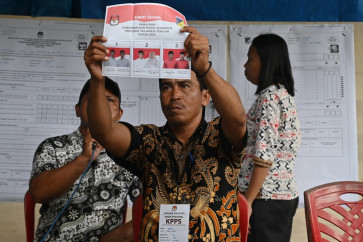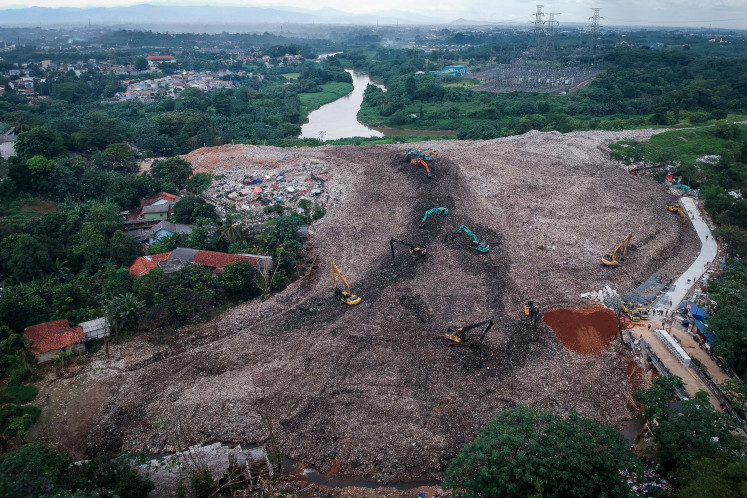Popular Reads
Top Results
Can't find what you're looking for?
View all search resultsPopular Reads
Top Results
Can't find what you're looking for?
View all search resultsAustralia regulator says YouTube, others 'turning a blind eye' to child abuse material
In a report released on Wednesday, the eSafety Commissioner said YouTube, along with Apple, failed to track the number of user reports it received of child sex abuse appearing on their platforms and also could not say how long it took them to respond to such reports.
Change text size
Gift Premium Articles
to Anyone
A
ustralia’s internet watchdog has said the world’s biggest social media firms are still “turning a blind eye” to online child sex abuse material on their platforms, and said YouTube in particular had been unresponsive to its enquiries.
In a report released on Wednesday, the eSafety Commissioner said YouTube, along with Apple, failed to track the number of user reports it received of child sex abuse appearing on their platforms and also could not say how long it took them to respond to such reports.
The Australian government decided last week to include YouTube in its world-first social media ban for teenagers, following eSafety's advice to overturn its planned exemption for the Alphabet-owned Google's video-sharing site.
“When left to their own devices, these companies aren’t prioritizing the protection of children and are seemingly turning a blind eye to crimes occurring on their services,” eSafety Commissioner Julie Inman Grant said in a statement.
“No other consumer-facing industry would be given the license to operate by enabling such heinous crimes against children on their premises, or services.”
A Google spokesperson said “eSafety’s comments are rooted in reporting metrics, not online safety performance”, adding that YouTube's systems proactively removed over 99% of all abuse content before being flagged or viewed.
“Our focus remains on outcomes and detecting and removing (child sexual exploitation and abuse) on YouTube,” the spokesperson said in a statement.
Meta - owner of Facebook, Instagram and Threads, three of the biggest platforms with more than 3 billion users worldwide - has said it prohibits graphic videos.
The eSafety Commissioner, an office set up to protect internet users, has mandated Apple, Discord, Google, Meta, Microsoft, Skype, Snap and WhatsApp to report on the measures they take to address child exploitation and abuse material in Australia.
The report on their responses so far found a “range of safety deficiencies on their services which increases the risk that child sexual exploitation and abuse material and activity appear on the services”.
Safety gaps included failures to detect and prevent livestreaming of the material or block links to known child abuse material, as well as inadequate reporting mechanisms.
It said platforms were also not using “hash-matching” technology on all parts of their services to identify images of child sexual abuse by checking them against a database. Google has said before that its anti-abuse measures include hash-matching technology and artificial intelligence.
The Australian regulator said some providers had not made improvements to address these safety gaps on their services despite it putting them on notice in previous years.
“In the case of Apple services and Google’s YouTube, they didn’t even answer our questions about how many user reports they received about child sexual abuse on their services or details of how many trust and safety personnel Apple and Google have on-staff,” Inman Grant said.











